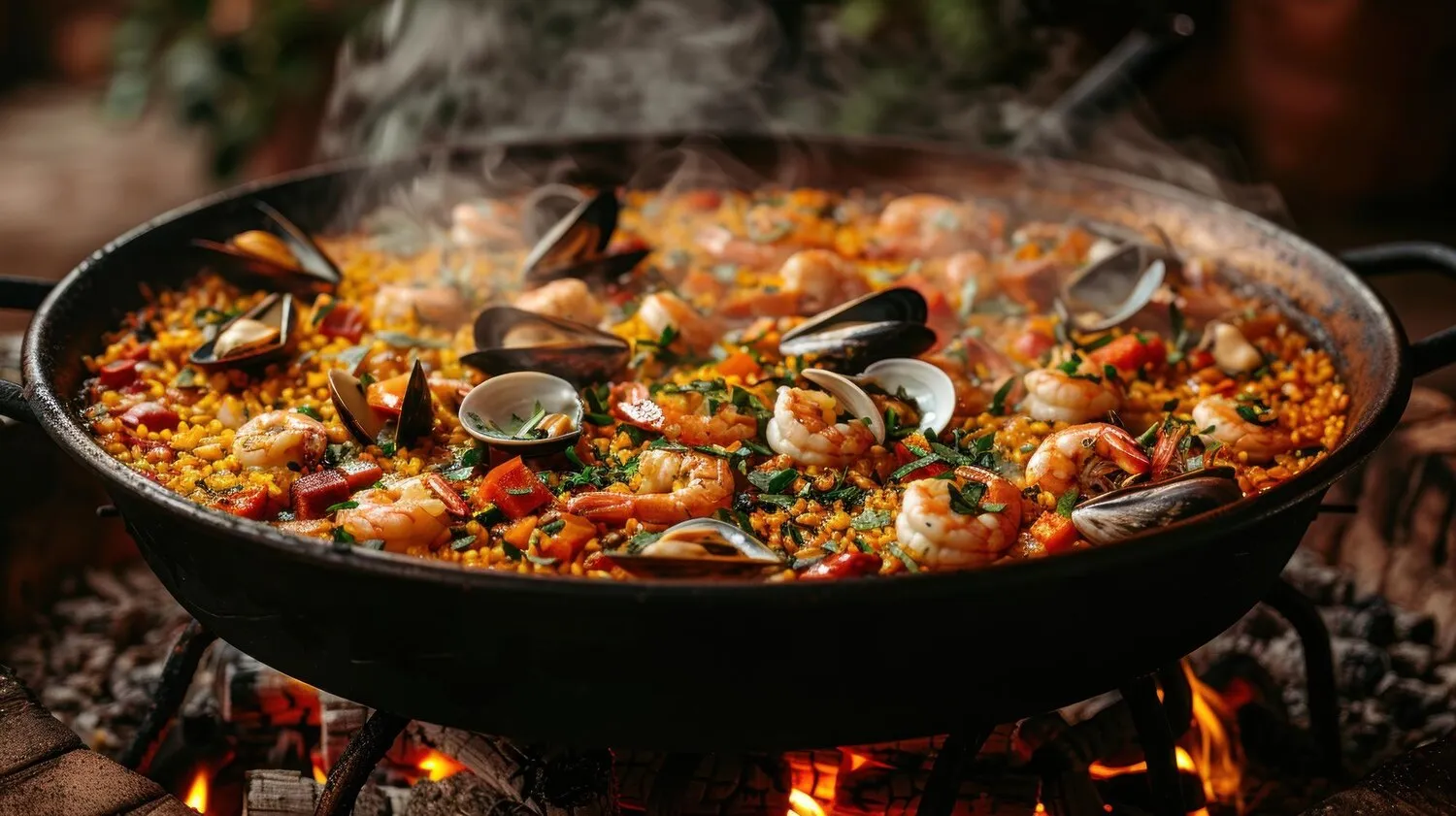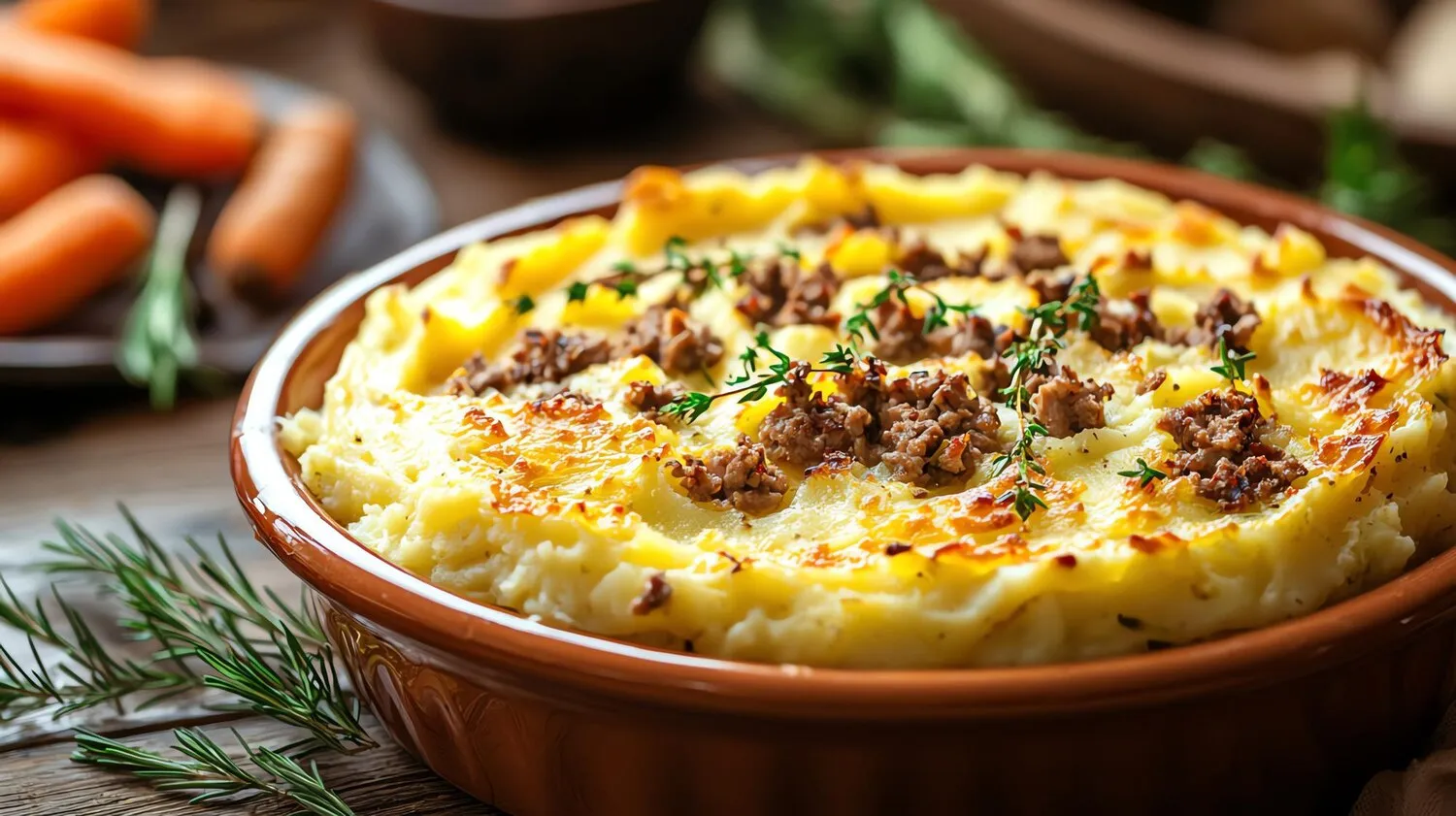
Paella
As a Spanish restaurant, Paella is likely a popular or signature dish. Paella typically features rice, saffron, vegetables, and seafood or meat, cooked in a large shallow pan.
Nutrition Facts
* The % Daily Value (DV) tells you how much a nutrient in a serving of food contributes to a daily diet. 2,000 calories a day is used for general nutrition advice.
Paella's origins can be traced back to Valencia, Spain, between the 15th and 16th centuries. It is believed that farmworkers and servants created the dish by combining readily available ingredients such as rice, vegetables, and any meat they could find, often cooking it over an open fire in the fields. The influence of Moorish culture, which introduced rice cultivation to the Iberian Peninsula, is evident in the dish's reliance on rice as the primary ingredient.
Paella is more than just a dish; it's a social event, a symbol of Spanish culture and hospitality, particularly in the Valencia region. Its preparation is often a communal activity, bringing family and friends together.
A Dish for Sharing
Paella is traditionally cooked and served in a large, shallow pan, encouraging sharing and creating a convivial atmosphere. It's a dish meant to be enjoyed together, fostering a sense of community.
Regional Variations
While Paella Valenciana is considered the original, countless regional variations exist, each reflecting the local ingredients and culinary traditions. Coastal regions often feature seafood-heavy paellas, while inland areas might incorporate more meat and game.
Sunday Ritual
In many Spanish households, paella is a traditional Sunday meal, a time for families to gather and enjoy a leisurely afternoon filled with good food and conversation.
Paella is a symphony of flavors, blending the earthy notes of saffron-infused rice with the savory richness of seafood, meat, and vegetables. The smoky undertones from the cooking process add another layer of complexity.
The saffron imparts a distinctive aroma, vibrant color, and subtle, honey-like flavor. Seafood like shrimp, mussels, and clams contribute a briny sweetness, while meats such as chicken, rabbit, or chorizo provide a savory depth. Vegetables like tomatoes, bell peppers, and peas offer freshness and balance. Socarrat, the crispy layer of rice at the bottom of the pan, is a prized delicacy, adding a textural contrast and intense flavor.
Use the Right Rice
Short-grain rice, such as Bomba or Calasparra, is essential for paella. These varieties absorb liquid well without becoming mushy, ensuring a perfectly cooked grain.
Achieve the Socarrat
The socarrat, the crispy layer of rice at the bottom of the pan, is a sign of a well-made paella. To achieve it, increase the heat slightly towards the end of cooking and listen for the rice to crackle. Be careful not to burn it!
Don't Stir the Rice
Once the rice is added to the pan, avoid stirring it. This allows the socarrat to form properly and prevents the rice from becoming starchy.
Quality Ingredients Matter
Use fresh, high-quality ingredients for the best flavor. Fresh seafood, ripe tomatoes, and flavorful saffron will elevate your paella to the next level.
Explore additional Main Dish dishes and restaurants
Explore Main DishDiscover top dining spots and culinary experiences in Willemstad.
Explore WillemstadLearn more about the food culture, restaurant scene, and culinary heritage of Curacao.
Explore Curacao
